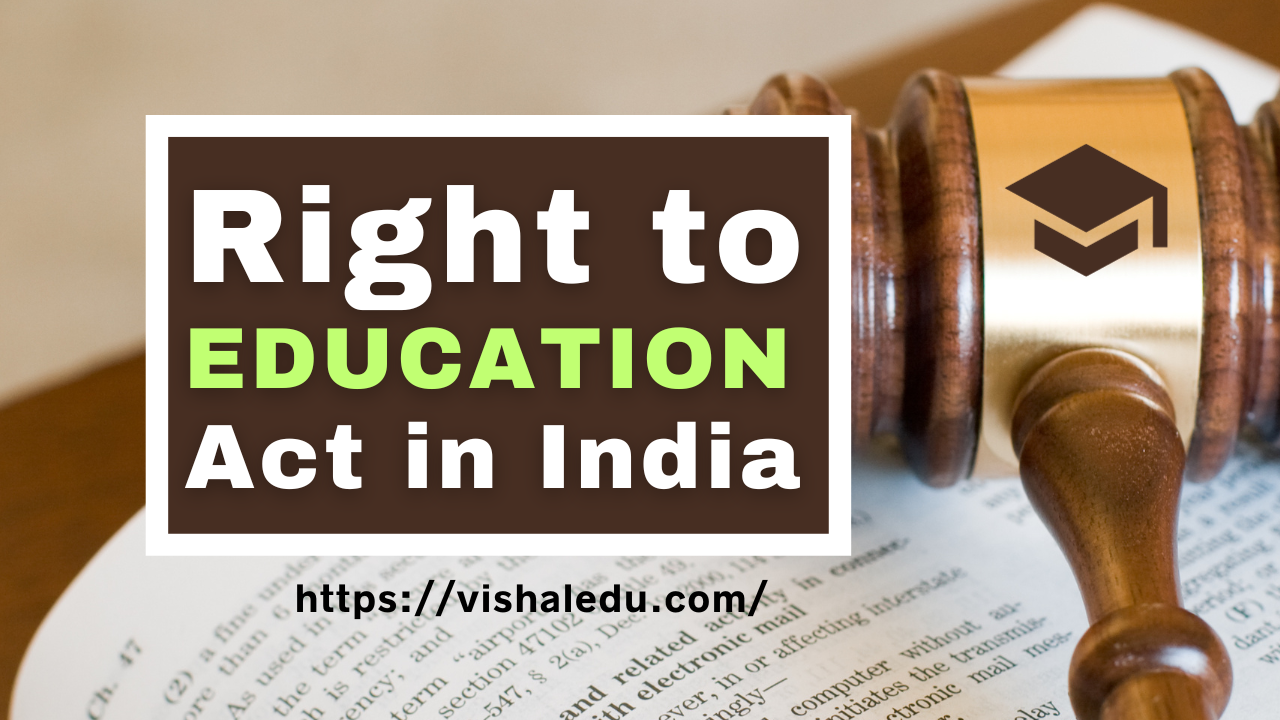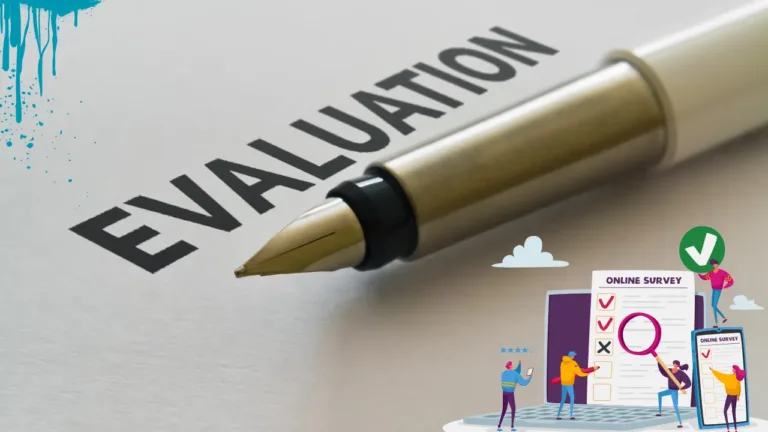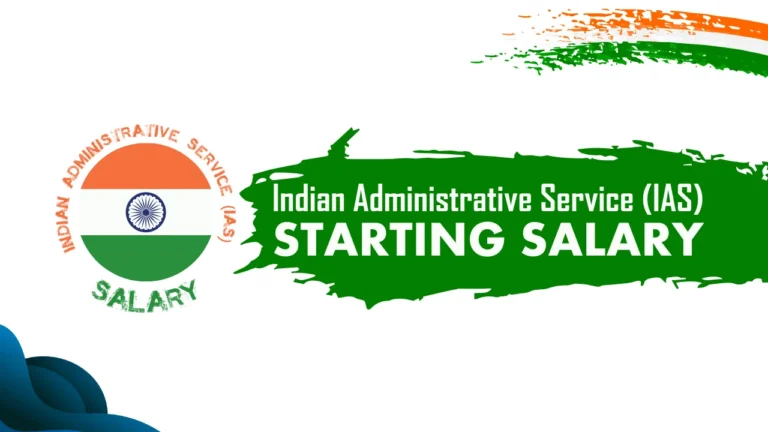Right to Education Act 2009: Its Aims and Benefits
What is the right to education act 2009, and why it is implemented in India? The Right to Education Act enacted in 2009, marked a historic milestone in India’s commitment to providing every child with success to quality education.
This Act came into effect on 1st April 2010.It is an important step toward attaining universal elementary education, confirming that children between the ages of 6 and 14, will get free and necessary education. The progress of any nation is framed on education. This act which is now founded in India has all the traits of promoting education.
As mentioned in Article 21A of Indian Constitution, this Act is a true epitome of the basic right to education. Without any Inequality, it ensures that every child has a right to have quality education.
In this article, we will explore the key features of the Right to Education Act,2009 and the challenges it has faced in its implementation.
Historical Context
Before execution of this Act, A significant proportion of children remained illiterate. The recognition of this act aimed to fulfil the gap and that disparities which were often aligned with economic, social and gender biases through a basic right of education to all.
Structures of Right to Education Act
The RTE Act makes elementary education a basic right for children in the 6 to 14 ages groups.it mandates that government provide free and compulsory education to all eligible children. The act outlines specific norms and standards for school infrastructure, including classrooms, libraries and play grounds. It also mandates a minimum pupil-teacher ratio to ensure quality education.
The Right to Education Act (RTE) 2009, endorsed in India. It is a revolutionary legislation guaranteeing free and necessary education to all children aged 6 to 14 years. This Act operationalizes the constitutional mandate under Article 21A, emphasizing the importance of education as a fundamental right. It mandates a specific teacher-student ratio, prohibits physical punishment and mental harassment. It forbids the practice of capitation fees, screening procedures for admission, and private tuition by teachers. This Act also stresses the need for quality education, setting standards for pupil-teacher proportions, building standards, and teacher selection criteria. It ensures 25% reservation in private schools for disadvantaged groups, promoting inclusive education. The Act has faced challenges in implementation, including infrastructure gaps, teacher shortages, and quality issues. Despite these challenges, RTE has been a significant step towards achieving universal education in India, aiming to reduce disparities and empower children through education.
The Right to Education Act 2009 forbids discrimination on the grounds of caste, religion, gender, or socio- economic position. The Act promotes the concept of neighborhood schools, ensuring that children can attend schools located within a certain distance from their homes.
It highlights the importance of providing quality education and requires curriculum standards. It bans the placement of unqualified teachers. The Act presented a no confinement policy, which avoids the confinement of students up to the eight grade to decrease dropout rates.
Primary Measures
The goal of this Act is to provide broad elementary education for children aged 6 to 14. Some of its aspects are as given below
Costless and required education
It commands that every child has right to get education of higher caliber that is needed to fulfil fundamental values.
Education for all
The Act ensures that no student should be held back or expelled to pass a board examination until the accomplishment of elementary education.
Focus on impoverished Class
It focuses such as impoverished Class such as scheduled tribes, low-income families and children with disabilities.
Least standards in Schools
To provide a quality education this Act sets least standards for teachers.
Reservation in private schools
There should be the reservation of 25% of seats in private schools for economically low-income communities.
Implementation Challenges
There are many challenges in the implementation of RTE Act (Right to Education Act).
Infrastructure Gaps
Many schools do not Fulfil the infrastructure norms given by the Act impeding the delivery of quality education.
Hiring and training of teachers
There is a lack of well-trained teachers to meet the needs of students especially those with disabilities.
Quality of Education
The Act focuses on physic access to school but there is lack of quality education which ultimately results in the lack of learning outcome.
Limited Economy
This Act demands significant financial assessment which was never Fulfilled with the requirements.
Evaluation and Monitoring
Forgetting quality standards there is a need to evaluate and monitor properly the implementation of this act.
Financing
The Act’s ambitious goals require substantial financial resources, which have sometimes fallen short. Satisfactory funding is crucial to provide quality education, but budget restraints can hinder advancement.
Dropouts’ rates
Despite the no detention policy, dropouts’ rates in elementary schools continue to be a concern’s-economic factors, family pressure and static teaching methods contribute to dropouts.
Inclusivity
While the RTE Act goals to promote inclusivity, children with disabilities and those from demoted societies still face blockades to education. Specialized support and accessibility measures are often lacking.
Progress and Impacts
On education this act has a remarkable and progressive impact.
Increased Registration
The increased registration in Primary Schools result in moving toward Universal education at elementary level.
Awareness and Empowerment/Alertness and Authority
The Act has raised the importance of education and its rights among parents to promote quality education among children.
Infrastructure Improvement
Schools have elevated their infrastructures and facilities to provide a more helpful environment.
Inclusive Education
The reservation policy in Primary Schools has allowed for the students of disadvantaged area to make better educational resources.
Future Prospects / Future Anticipations
Hoping forward, This Act has potential to change educational ground of India.
Holistic Education Reform / Comprehensive Education Revises
There is a need to address learning outcomes, teachers training, Pedagogical methods to access quality.
Better use of technology
There are so many Chances to make the better use of technology to promote the education especially in remote areas.
Strengthening Monitoring
To ensure accountability and transparency in the implementation of the Act, there is need to strengthen monitoring and evaluation system.
Pros and cons of this RTE act 2009
Pros
This act is ensuring the right of free and compulsory education to the children of 6 to 14.
It is focusing on uprooting the discrimination of gender, caste and religion.
It is improving the infrastructure of schools and leading to the betterment of other norms.
It is enhancing the quality of education by trained teachers and effective methodologies.
It is broadening the access to quality education for the children of poor backgrounds.
Cons
Effective implementation of this act.
Imposing a financial challenge to governments budgets.
Persisting educational disparities of rural and urban area.
Conclusion
To conclude, The Right to Education Act,2009, characterizes important steps toward guaranteeing that every child in India has admittance to free and obligatory education. It has several noteworthy features aimed at improving the educational landscape. However, the Act also faces substantial challenges related to quality, implementation, funding and inclusivity.
Dressing these challenges is crucial to realizing the Act’s vision of providing quality education to all children, irrespective of their context and ensuring that the basic right to education is realized effectively in the whole country.







